AO Edited
USNS General Hoyt S. Vandenberg
Six miles off the coast of Key West, a former military transport ship is now one of the largest artificial reefs in the world.
One of the big draws of the Florida Keys is scuba diving, and many dive centers can be spotted along Highway 1. Most of these dive centers take divers to reefs, however, many divers who don’t head all the way down to Key West may miss out on one of the largest wrecks in the world: USNS General Hoyt S. Vandenberg.
The ship originally started life as the USS General Harry Taylor. She was launched in late 1943 and entered service in 1944, serving as a U.S. Navy troop ship (including repatriating US veterans from Europe after World War II) until 1946. After a brief acquisition by the U.S. Army, the Taylor was re-acquired by the Navy and served primarily in Europe and the Caribbean until September 1958, when she was struck from the Navy register and placed into a reserve fleet.
In 1961, the U.S. Army acquired the ship again and renamed her General Hoyt S. Vandenberg. Not long after, she traded hands once more, and the Navy outfitted her with the most up-to-date technology for tracking missiles. She spent the rest of her career tracking spacecraft and missiles until retirement in 1983. After a long and decorated career, the Vandenberg was struck from the Navy register for the last time in 1993.
She sat awaiting the scrapyard or a new lease on life until 1996, when she was purchased by Reefmakers, who planned to sink the Vandenberg and turn the ship into an artificial reef. They hoped to give the area’s natural reefs time and space to recover by drawing tourist divers away to an artificial one.
The place selected to scuttle the Vandenberg was Key West. At the time, a huge project was underway to scuttle several large wrecks across the Keys and the Vandenberg’s scuttling would make her the world’s largest artificial reef at the time. She left the mothball fleet for cleaning at Norfolk, Virginia, in 2007 and made her way to the Florida Keys in 2009.
On the morning of May 27, 2009, charges were detonated in the hull of the Vandenberg and the ship made her final voyage: a one-way trip to the ocean floor. She sank in less than two minutes.
As the ship sank, the enormous radar dishes on mounts on the main deck of the ship, generated more lift than expected. The ship sank so fast that when the dishes hit the water, they were ripped from the superstructure and floated on the surface. A few minutes later, the dishes themselves flooded and crashed down onto the deck of the Vandenberg.
In 2021, the University of Florida published a study that studied the effects of artificial reefs on local communities and natural reefs. Although dive tourism skyrocketed in the Keys following the scuttling, the scuttling of the ship and the influx of divers did not draw attention away from local reefs as planned; There were more divers visiting natural reefs than before the Vandenberg was scuttled.
Know Before You Go
Most of the wreck lies between 20- 30 metres (60-90ft) down from the surface.
There used to be 5 mooring lines down onto the Vandenberg but hurricanes have ripped two away, dive boats often get priority on these lines depending on who gets there first.
Some of the structures of the ship, notably the satellite dishes that were set on the main deck, are no longer there. Currents and over a decades worth of being exposed to the sea has corroded some structures away.
The Vandenberg has many areas to swim around, swim through and generally explore, but keep to your training, keep to your limits and do not enter the wreck unless qualified to do so.
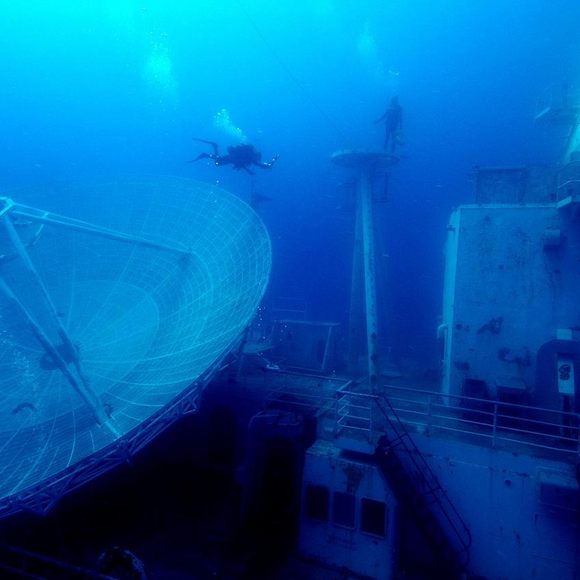



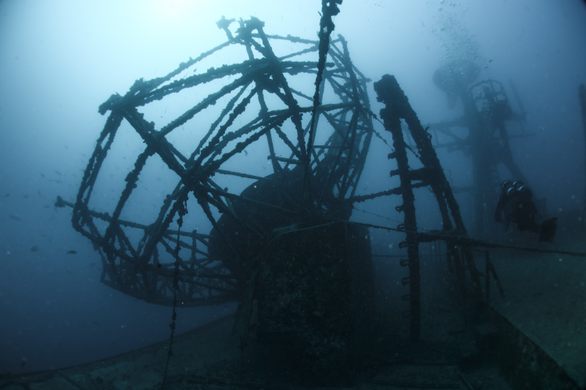
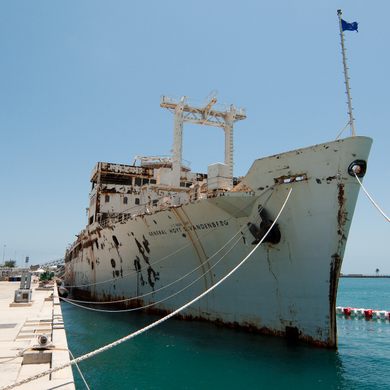
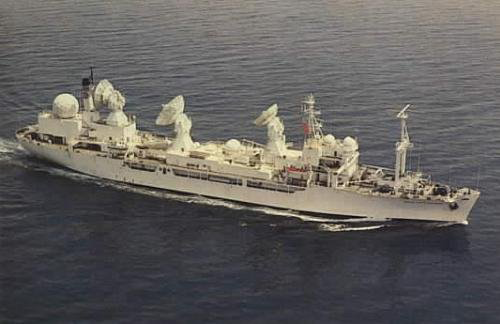







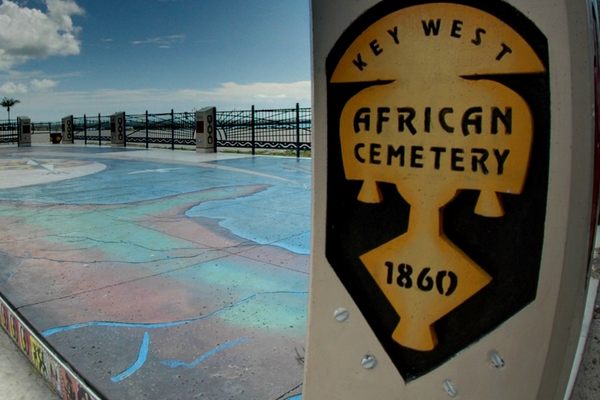



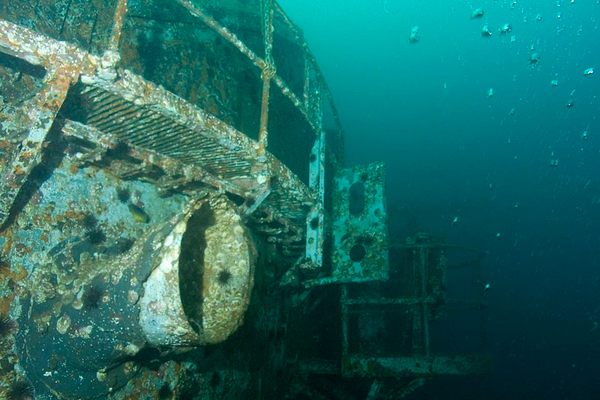

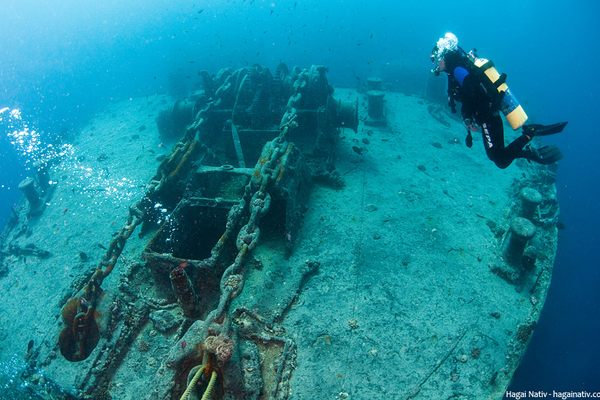

Follow us on Twitter to get the latest on the world's hidden wonders.
Like us on Facebook to get the latest on the world's hidden wonders.
Follow us on Twitter Like us on Facebook